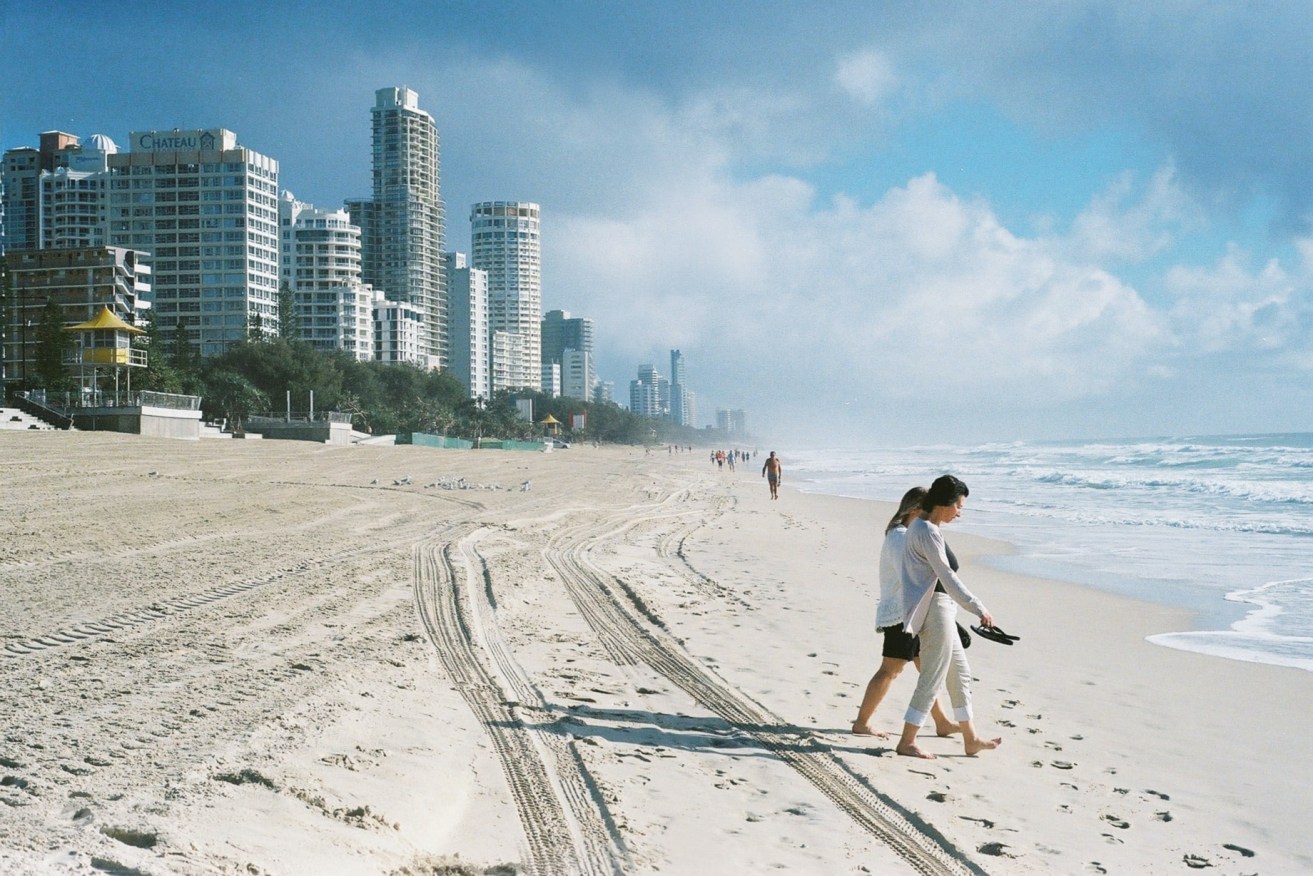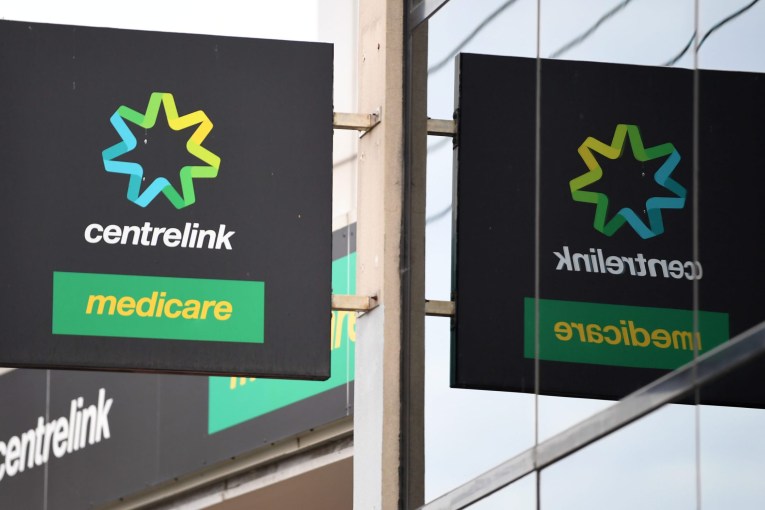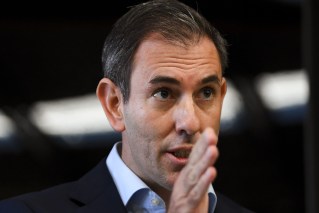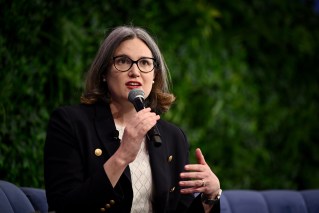Tougher than the rest: Queenslanders shine in meeting cost of living challenge
About a third of Australians were hurting financially, but Queenslanders were surprisingly doing better than most despite big hikes in transport costs, according to the results of two major surveys.


The NAB survey found financial pain was felt most in Western Australia and South Australia, but fell in Queensland, NSW and Tasmania. (Image: Faris Kassim/Unsplash)
The NAB bank said its survey showed Australians were generally coping well with rising interest rates and cost of living expenses but 36 per cent revealed that they had struggled to pay bills in the past three months.
It came as another study showed that weekly transport costs, including loan repayments, for the typical Brisbane resident were now about $458 a week compared with the national average of $413 a week.
On a scale of one to 10, the current level of hardship was rating a 4.4, NAB said, which was consistent with the past three months, but significantly higher than the levels in the first quarter of the year when 29 per cent revealed they were facing financial hardship.
It said the financial pain was felt most in Western Australia and South Australia, but fell in Queensland, NSW and Tasmania.
The survey results came as the Australian Automobile Association revealed Brisbane was among the most expensive cities in which to travel around and that Australians were paying about 15 per cent of their income on transport.
Petrol costs were now about $20 a week more than this time last year.
The latest quarterly results included the final three months of the temporary halving of the fuel excise rate, annual inflation at 7.3 per cent and higher vehicle prices affecting car loan repayments.
The AAA data showed the typical weekly household transport cost in capital city households was now $413.53 and $343.93 in regional households.
Compared to the second quarter, weekly car loan repayments rose in every city tracked in the index whether regional or a capital.
While fuel prices declined by the end of the last quarter (before the return of the full fuel excise rate), the typical Australian household ($96.93 per week) is still paying $18.57 per week more than this time last year ($78.36 per week Q3 2021) in fuel expenditure.
AAA managing director Michael Bradley said the Affordability Index showed that transport costs were placing a significant strain on household budgets.
“The latest figures are a timely reminder for governments that they need to carefully consider policies that may add to transport cost of living pressures across both regional and metropolitan Australia,” he said.
The AAA data shows Sydney is still Australia’s most expensive capital city with typical weekly transport costs averaging $485.68, followed by Melbourne ($463.64) and Brisbane ($458.38).
Alice Springs is Australia’s most expensive regional city at $377.85 per week. Geelong ($364.06) has replaced Bunbury ($363.48) as the second most expensive regional city.
The Tasmanian cities of Launceston (18 per cent) and Hobart (17.6 per cent), followed by Brisbane (17 per cent) had the highest transport costs as a proportion of household income.












